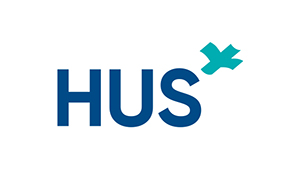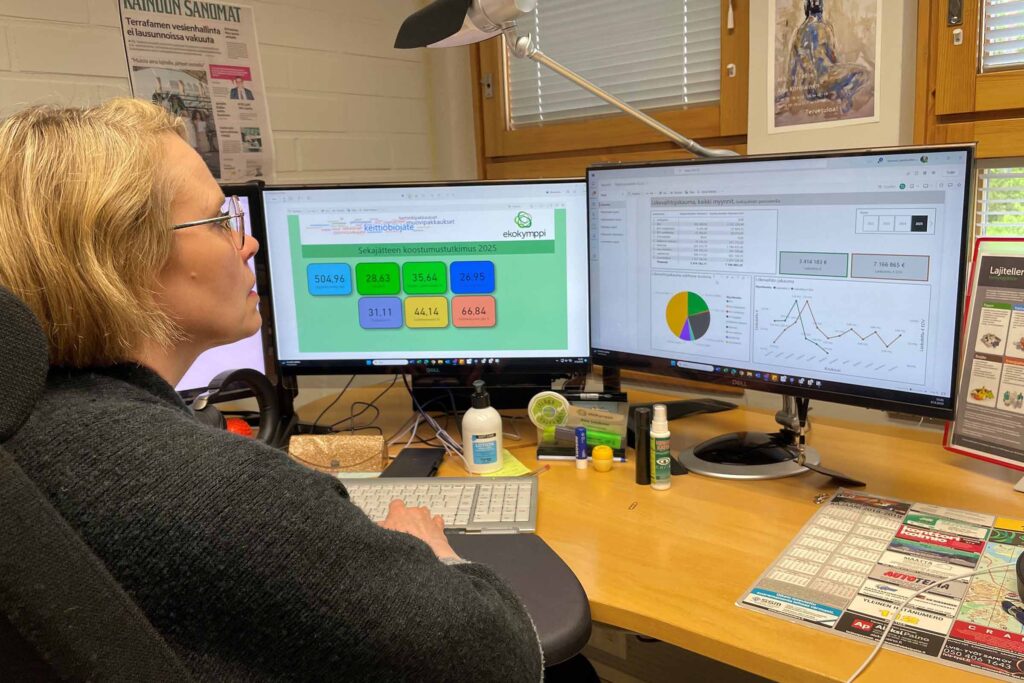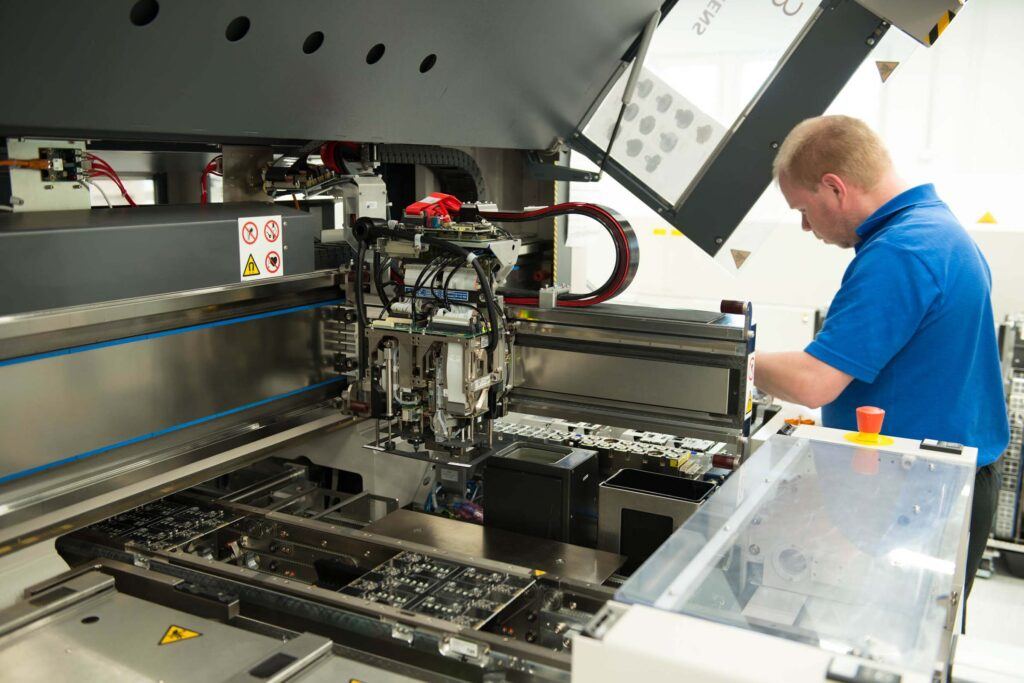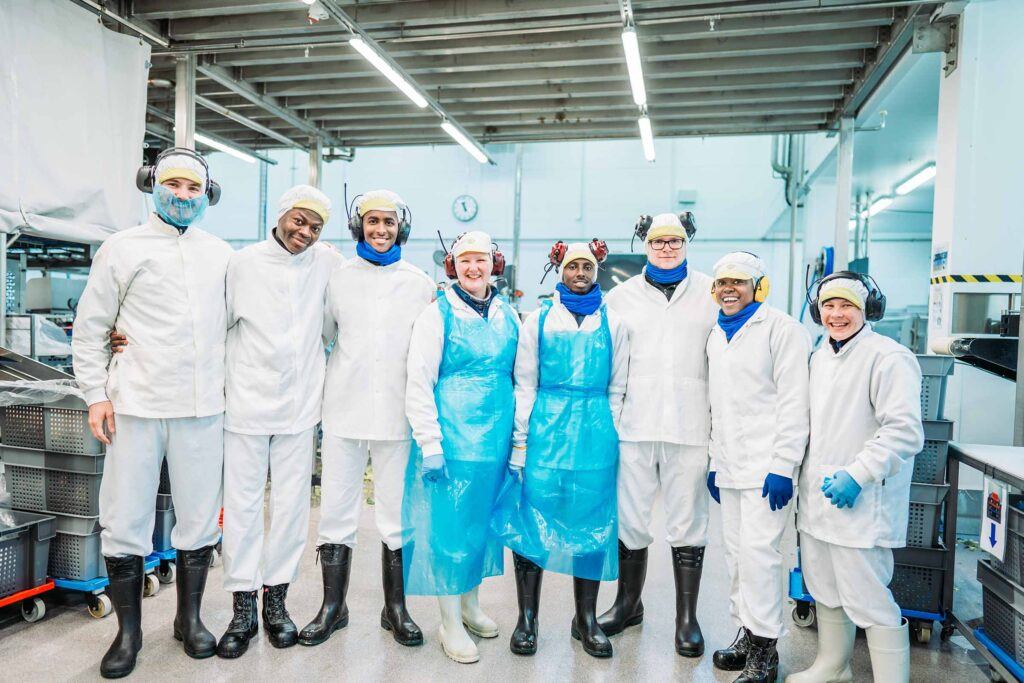HUS and Pinja have worked together since 2020. Joint implementations can already be found in many areas, including the HUS data warehouse solution, integration services, and reporting of operating room activities.
In the case of the snapshot solution for daily management, the project was promoted by a core team of experts from HUS and Pinja, which was expanded at different stages of the work with additional experts. In particular, during the validation and scaling-up phases, the development work has also involved a wider range of users.
– Above all, this has been a good collaborative project. Having been involved from the very beginning, I can say that this would not have been possible without good and seamless cooperation – from the data warehouse developers to the reporting experts. I can openly praise Pinja, and I have praised them on many occasions during the project. It has been a pleasure to work together with Pinja’s experts, and my own skills have also developed in many ways, Tommi says.
– The daily healthcare management project is a model example of successful cooperation between a public operator and a business partner to develop the daily management of healthcare, says Markku Mäkijärvi, Director General at HUS.
Jaakko agrees.
– Overall, the cooperation has gone well. HUS has a dedicated and competent project team that enabled the project to progress smoothly, and we have also gained a good deal of substantive knowledge over time. Another reason why it is nice to work with HUS is that the work is done without unnecessarily rigid practices. We simply formulate, define, and implement what is needed together.






